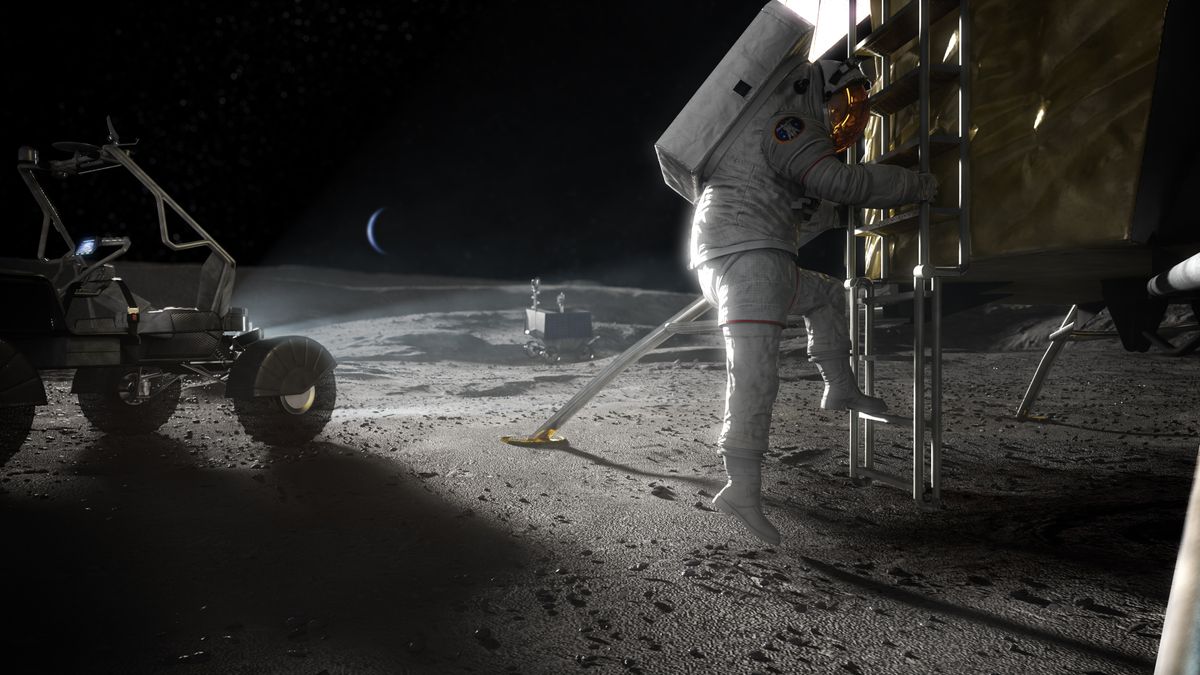Unlock stock picks and a broker-level newsfeed that powers Wall Street.
Vince Golle and Craig Stirling
Sun, Mar 30, 2025, 7:25 AM 8 min read
(Bloomberg) -- Supply Lines is a daily newsletter that tracks global trade. Sign up here.
Most Read from Bloomberg
-
Bank Regulators Fight for Desks as OCC Returns to New York Tower
-
These US Bridges Face High Risk of Catastrophic Ship Strikes
-
Charter Schools, Colleges Push Muni Debt Distress Near Record
US employers probably tempered their hiring in March, just as consumers grow increasingly cautious and the economic outlook dims on concerns about the fallout from higher tariffs.
Payrolls rose by 138,000, below the 151,000 increase a month earlier, according to the median projection of economists surveyed by Bloomberg. That would leave average job growth over the past three months at the slowest pace since October. The unemployment rate is seen holding at 4.1%.
The latest report card on the labor market follows data that indicate a notable first-quarter slowing in the economy. Personal spending barely rose last month after a January slump, disposable income growth remained soft, and March consumer sentiment sank on fears of mounting inflationary pressures.
Shortly after Friday’s jobs data, Federal Reserve Chair Jerome Powell will discuss the economic outlook. Other Fed governors, including Adriana Kugler, Philip Jefferson, Lisa Cook and Michael Barr, are also due to speak in the coming week.
Anxiety is building among households and businesses about President Donald Trump’s aggressive trade posture. Trump on Wednesday is expected to unleash his biggest tariff salvo to date — a package of blanket increases in duties on foreign imports.
The US administration is seeking to reverse trade imbalances, spark investment in the US, and spur the domestic output of critical goods and materials.
Trump told NBC News in an interview on Saturday that he “couldn’t care less” if automakers raise car prices in response to the planned tariffs on imported vehicles.
What Bloomberg Economics Says:
“Our baseline is that the actual tariffs will be substantially lower than the worst-case scenario, that many will be implemented only after investigations, and that some countries will receive exemptions. Still, after the dust settles, effective tariffs on US imports could be around 15% next year, the highest in almost a century. Facing clear upside risks to inflation, the Fed looks set to hold rates steady. The real risk is that, if the labor market does turn, rate cuts will come too late.”
—Anna Wong, Stuart Paul, Eliza Winger, Estelle Ou & Chris G. Collins, economists. For analysis, click here
.png)
 German (DE)
German (DE)  English (US)
English (US)  Spanish (ES)
Spanish (ES)  French (FR)
French (FR)  Hindi (IN)
Hindi (IN)  Italian (IT)
Italian (IT)  Russian (RU)
Russian (RU) 







Comments